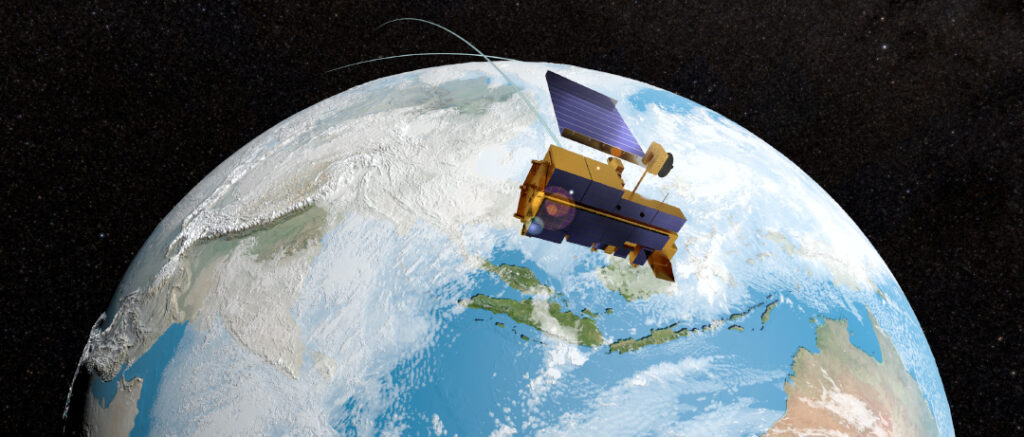-Kurt Thome, Terra Project Scientist

On February 27, 2020, the Terra flight operations team conducted Terra’s last inclination adjust maneuver. The inclination adjust maneuver is one of three basic maneuvers requiring fuel that the Terra Flight Operations Team uses to maintain Terra’s orbit and the safety of the platform. Inclination adjust maneuvers are used to control the platform’s mean local time (MLT) of its equator crossing. The other two are drag makeup maneuvers (DMUs) to control the orbital altitude (apogee and perigee) and risk mitigation maneuvers (RMM), or debris avoidance maneuver (DAMs), that are used to protect the platform from collisions with known on-orbit debris or other spacecraft.
The importance of orbit maintenance is that changes in orbit can affect the quality of data from a sensor. Earlier crossing times for a morning platform like Terra mean lower solar elevations (leading to more prevalent shadows), decreased cloud probabilities, lower surface temperatures, and lower reflected energy (leading to lower signals). A decrease in orbit altitude alters the spatial coverage of the sensor including possible gaps in spatial sampling, decreased spatial coverage, but better spatial resolution.
The flight operations team works to maintain both crossing time and platform altitude to provide the highest quality data. The trade is that fuel is often a life-limiting factor for long-life platforms. The amount of maneuvering fuel is a trade between platform weight at launch, expected platform life, and safe disposal of the platform at end of life. Fuel use is dominated by inclination maneuvers since they require significantly more fuel than drag makeup maneuvers.
Fortunately, Terra benefited from a near perfect launch and accurate orbit insertion by the launch vehicle leading to almost a full tank of fuel for maneuvering. Inclination maneuvers have been done on average four times per year since launch to maintain Terra’s crossing time of 10:30 am (though it was 10:45 am for the first two years on orbit). IAMs continued until the remaining fuel was just enough for a Constellation Exit and perigee-lowering burns. The Constellation Exit lowers the platform’s orbit by 6 km to remove it from the 705-km orbit altitude of the Earth Sciences Constellation. The perigee-lowering burns take place at the time of Terra’s passivation and all remaining fuel is used to lower Terra to begin its slow re-entry to an uncontrolled de-orbit.
After Terra’s IAM it began to drift to an earlier crossing time. Drag makeup maneuvers are being continued to maintain Terra’s orbit altitude of 705 km. Risk mitigation maneuvers will also continue to avoid orbital debris. When Terra’s crossing time reaches a 10:15 AM MLT (currently predicted for October 2022), the flight operations team will have Terra exit the Earth Sciences Constellation and lower Terra to an altitude of 694 km by performing two retrograde maneuvers. Risk mitigation maneuvers continue, but no further drag make up maneuvers will take place and Terra will slowly decrease in altitude as well as continue drifting to an earlier MLT crossing. It is predicted to reach a crossing time of 9:00 am in December 2025 at which point the perigee-lowering burns will take place to lower Terra by an additional 20 km.
Terra’s instruments will continue to be operational during this entire process. The impacts of the changing crossing time are expected to be minimal and will impact the data from each of Terra’s five instruments in a slightly different fashion. To learn more about the effects please visit the individual instrument websites.
*Information regarding impacts to instruments is still pending.
Key Dates of Drift
- Exceed 10:30 MLT (+/- 1 min) – April 2021*
- Exceed 10:15 MLT – September 2022*
- Constellation Exit – September 2022*
- Exceed 9:00 MLT– December 2025*
Passivation is expected to take place due to signal to noise limits from lower solar zenith angles, limited battery power from changing solar angle on the solar panels, or programmatic funding limits.
*Dates are subject to change.


